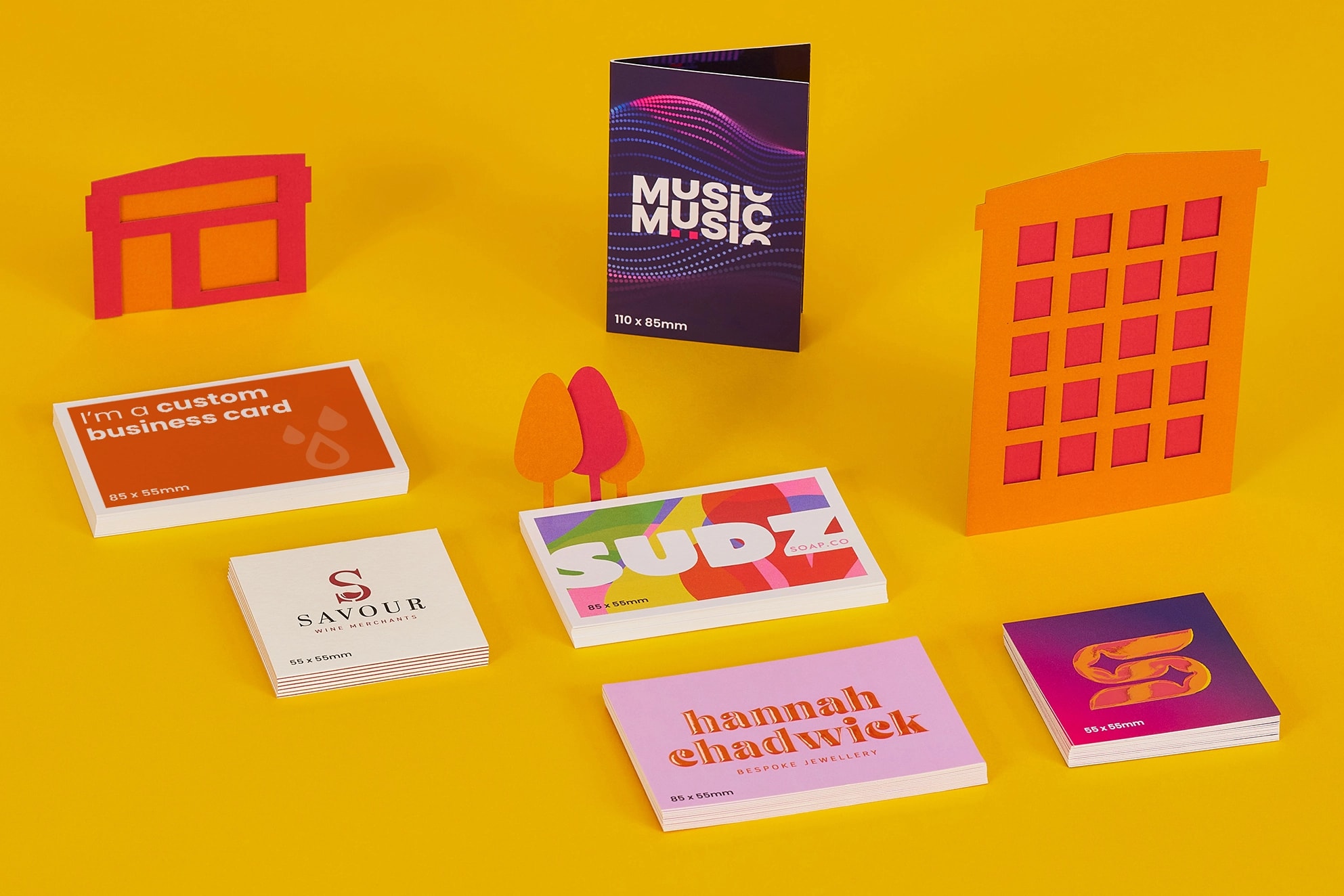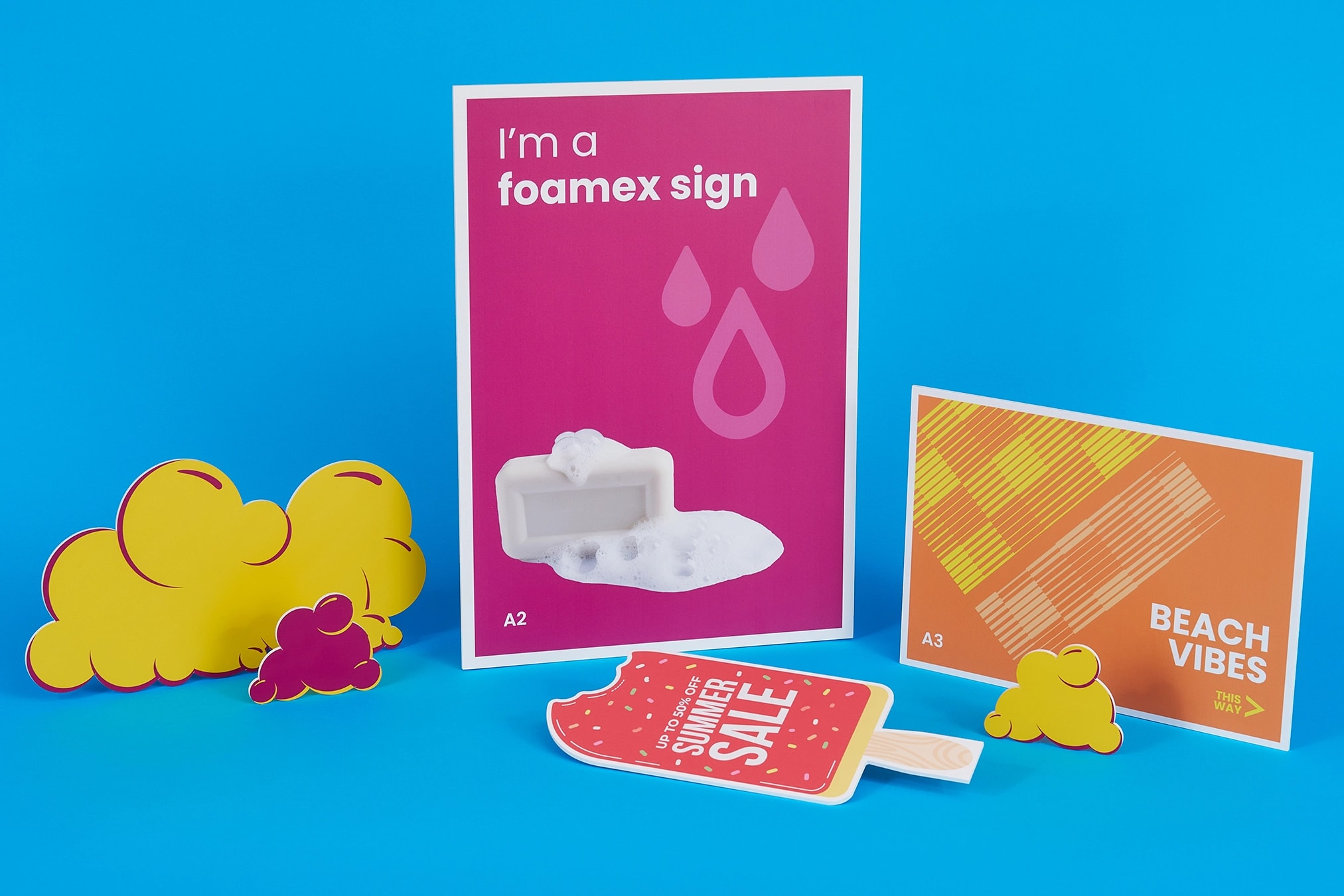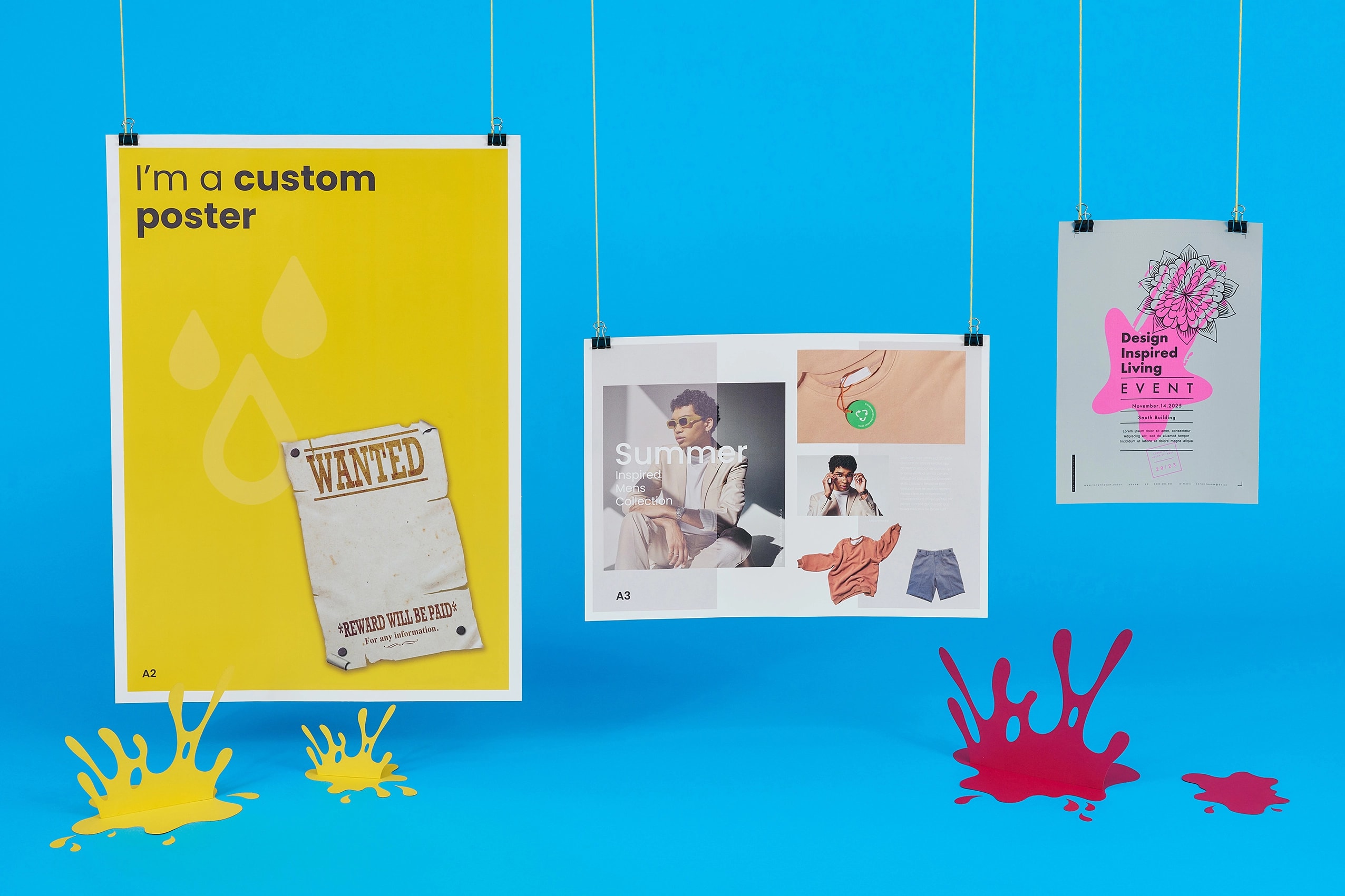
Striking a Balance Between Digital and Print When Setting Up Your Retail Business
You’ve already established your retail business idea, you just need help bringing it to life. If you’re looking to sell your own product or service in a competitive market, you will need an effective online and offline strategy that entices customers to make a purchase with your brand.
Although this might sound simple, the work that is required behind the scenes can be much more complex. To help you strike a balance between digital and print, we’ve created the following guide that will allow you to gain a better understanding of what you need to do to ensure that your business plan is a success.
How to create a unified brand
Having appropriate branding for your business has never been more important. The way you present yourself to your customers is something that will help separate your company from the competition. Your brand exists in the minds of your customers, staff and investors, so you want to look good from the moment you officially launch.
It’s a good idea to create some brand guidelines which will become the communications bible for the rest of your team. This will instruct your staff members on how your company must be presented publicly, whether this is for internal campaigns or external PR opportunities. Not only will this allow you to establish a clear personality for your company, but it will also help you save time when it comes to designing new assets as there will be strict fonts, colours, layouts and a writing style in place when it comes to producing both printing materials to distribute.
Within this document, look to create some personas too, as these will allow you know which tone to take when appealing to a range of customers. When it comes to print, this could help you understand which audience resonates with a particular product — is your next sale campaign revolved around freshers week, and will you be adding to their pile of discounted leaflets?
Depending on the type of retailer that you are, this should also detail the tone of voice for your brand and understand what your customers expect of you. For example, if you’re a fashion retailer that has a target audience of girls aged 18-25, you might be bubbly and vibrant when you express yourself. On the other hand, if you’re a technology accessories retailer who targets businesses, your tone will likely be more formal, using industry jargon.
Launching a killer website with user experience in mind
If you want to survive as a new retail businesses, you must have a working ecommerce website. Why? Because your competitors already have one. Even if you have a physical store, know that there are some customers who can’t get to you. An online store opens many more opportunities and allows you to capture a bigger market internationally.
Some entrepreneurs don’t know where to start when it comes to building a website, and if you find yourself in a similar boat, we’ve got some advice that will help you get the wheels rolling. It’s important to understand that as a retail business, you’ll need robust website features such as databases for your product catalogue and financial transaction processing. All of which will influence your website design, while considering the users experience.
When it’s time to design your website, you should have a few ideas in mind to help guide the developers in the right direction. You know your brand like the back of your hand, and what your customers want from it.
Often for retail websites, simplicity in design is key — but you still need to stand out. When a customer lands on your website, you have 0.05 seconds to convince them that you’re worth their time. Naturally we will read from top to bottom, so this is where users will look first, and you should bear this in mind.
You immediately need to highlight the important information; this is what your customer needs, wants and desires. Fashion retailer QUIZ highlights the needs perfectly from the top of their site, showing the store locator for brick and mortar purchases, currency options, customer login, customer favourites and the check-out basket.
The main navigation which lists the categories is everything that your customer could want. There’s even an option for them to search if they already know what they’re looking for specifically. Beneath this menu, what the customer desires is listed, this includes great discounts and cheap next day delivery.
On your retail website, how your product or service is presented will be the deciding factor on whether someone will make a purchase. This means that you need high-quality images that don’t slow down the performance of your web pages. To achieve this, you must optimise your images by decreasing their file size which in turn doesn’t compromise the visual appeal but instead creates an enjoyable experience for the end-user. These images on your website can be later used for future printed marketing materials, so it's always important to keep that in mind when it comes to the shooting day.
You should also provide your design and development partner with your brand guidelines discussed above to ensure that all of your branding remains unanimous.
Making your website more visible to customers through SEO
Once your website has been built, it’s time for search engine optimisation (SEO). By doing so, you’re helping search engines like Google direct the right people to your website organically, increase rankings and improve brand awareness. There are multiple areas that must be looked into when it comes to an effective SEO strategy though.
The copy on your website is one of the biggest players in how your brand performs online. You need to make sure that what you’re writing is what people are searching for. By using tools like Keyword Planner and AnswerThePublic, you can identify growing trends around your consumer base and write accordingly. Trends change over time though, so you need to be vigilant and update content regularly!
As a retail business, a lot of your content optimisation will be around product descriptions. You need to convince someone why they should purchase what you’re offering.
Consulting a digital marketing agency can help you make sure that any high authoritative publications who mention you on their website link back to your site. Not only does this increase the chances of people visiting your page, but it also sends signals to the search engine that you’re a trusted site.
Don’t forget about your printed products
Your offline presence is just as important as how your brand presents itself online, especially if you’re a retail business looking to build better relationships with your customers and encourage them to interact more openly with your business. Print is more affordable than you think too…
When it comes to opening your retail business, you need to think about a launch event that will get you in the eyes of your target market, influencers, competition and local news publications. You need to get the message out there though, using invitations that truly complement your design aesthetics and brand guidelines can encourage people to RSVP — if it’s super eye-catching, they’ll definitely want to find out more about your brand and share it across their social media. To gain as much coverage as possible, you could come up with your very own hashtag and use selfie frames to create your very own prop.
If you’re thinking about inviting your industry peers to your launch party, you’ll need some standout business cards that contain all of your details. You need to be as creative as you can with these, otherwise they’ll be tossed aside. To make sure that your cards have a long-lasting life, why not challenge convention with something different than the traditional wallet-size, rectangular cut? Opt for a square or rounded corner business card to make yours stand out from the rest.
Aside from your launch event, it’s also important to remember that your customers love a good deal. You could send out discount flyers using direct mail. This will encourage shoppers to either bring the voucher they received in the post to your store. Best way to get a good bargain!
It’s natural for retail businesses to get new products in store all of the time, so have you considered looking into poster printing to grab your shoppers attention? With an eye-catching image and bold text, you’ll be well on your way to converting a few more customers.
Have you considered foamex signs or display boards for your next marketing campaign? Many retailers are beginning to use these when it comes to pushing a specific product, as they have the ability to capture the attention of more shoppers through stand-out and well-designed visuals.
Posted on April 3, 2019 by WTTB
Related topics:


